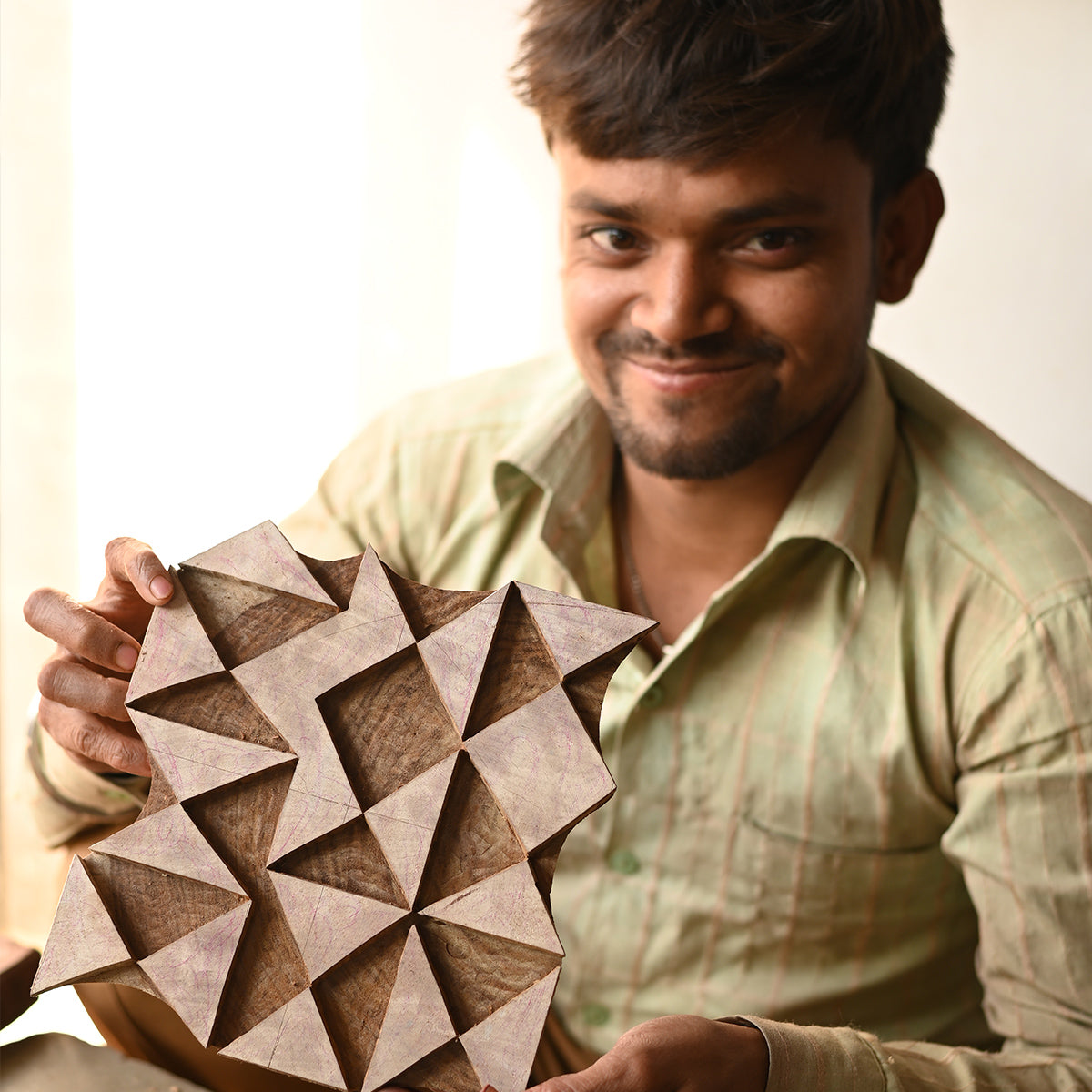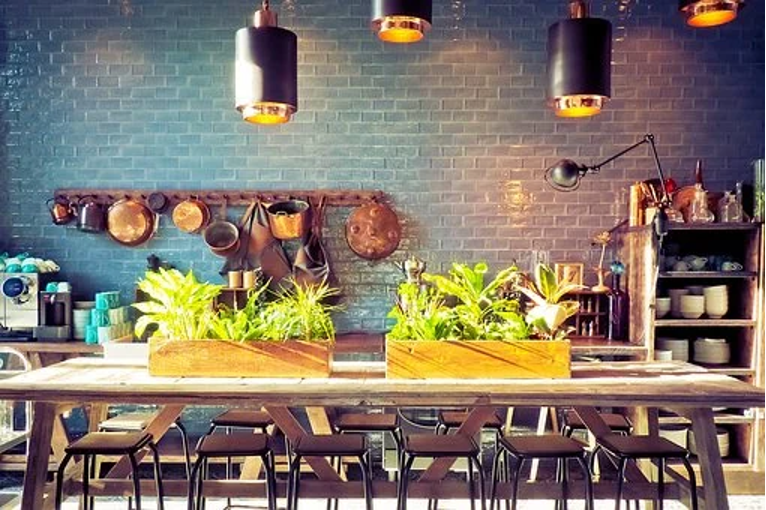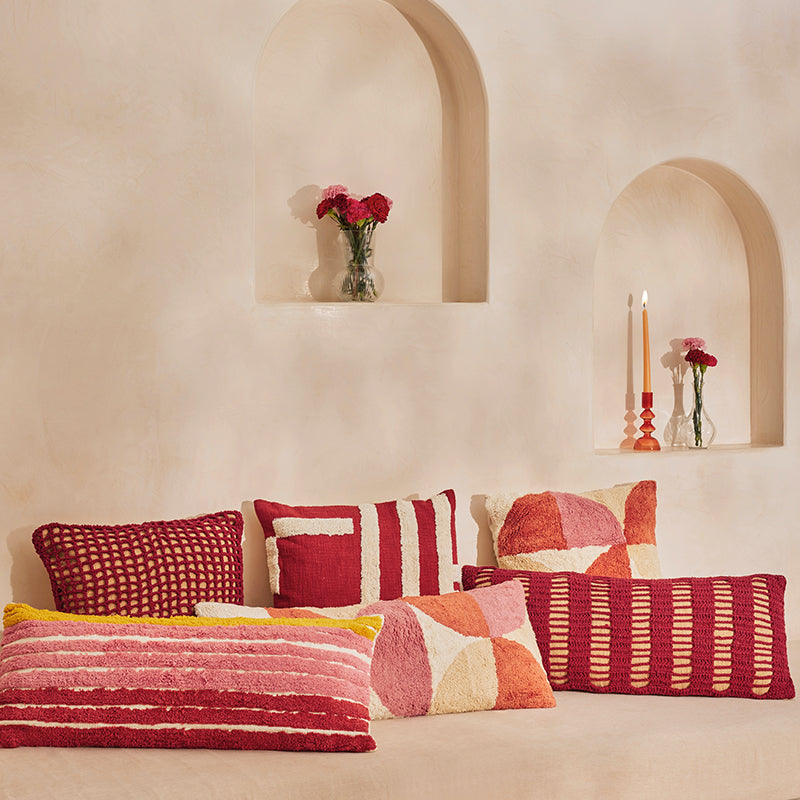
Color Psychology in Home Decor: Crafting Ambiance and Expressing Personal Style for the Discerning Shopper
When it comes to home decor, color plays a vital role in creating the desired ambiance and expressing your personal style. The colors you choose for your living spaces can greatly impact your mood, energy levels, and overall well-being. Understanding color psychology can help you make informed choices, enabling you to create a harmonious and inviting environment that reflects your unique taste and personality.
Color psychology is the study of how different colors affect human emotions and behavior. Each color has its own distinct psychological impact, and by harnessing this knowledge, you can strategically use colors to transform your home into a sanctuary that resonates with your desired ambiance.
Let's delve into the fascinating world of color psychology and explore how you can apply it to your home decor.
1. Calming and Serene: Blues and Greens
If you're seeking a tranquil and serene atmosphere, shades of blue and green are your best allies. Blue is known to evoke feelings of calmness, relaxation, and peace. Lighter shades of blue can create an airy and spacious feel, while deeper blues can lend a sense of elegance and sophistication.
Similarly, green is associated with nature and has a soothing effect on the mind. It symbolizes growth, harmony, and balance. Incorporating shades of green into your home decor can create a refreshing and rejuvenating environment.

2. Energizing and Vibrant: Reds and Yellows
If you want to infuse energy and vibrancy into your living spaces, consider using reds and yellows. Red is a powerful and stimulating color that can evoke passion, vitality, and excitement. However, it's important to use red in moderation, as excessive use can lead to feelings of restlessness or aggression.
Yellow, on the other hand, is associated with warmth, happiness, and optimism. It can brighten up a room and create a lively and cheerful atmosphere. However, too much yellow can be overwhelming, so it's best to use it as an accent color or in lighter shades.

3. Tranquil and Balanced: Neutrals and Earth Tones
Neutrals and earth tones are timeless choices that create a sense of balance and tranquility. Shades of beige, taupe, gray, and brown can provide a neutral backdrop for your decor, allowing other elements to stand out.
These colors also connect us to nature and evoke a feeling of grounding. They can create a warm and inviting atmosphere while promoting relaxation and comfort. Neutrals are versatile and can be easily paired with other colors, making them an excellent choice for those who prefer a more minimalist or Scandinavian-inspired aesthetic.

4. Creative and Expressive: Bold and Jewel Tones
For those who seek to make a bold statement and showcase their creativity, bold and jewel tones are the way to go. Colors like deep purples, emerald greens, rich blues, and vibrant oranges can add drama and personality to your space.
These colors are often associated with luxury, opulence, and self-expression. They can create a sense of depth and create an eye-catching focal point in any room. Incorporating bold and jewel tones through accent pieces, artwork, or statement furniture can elevate your decor and reflect your unique style.

Remember, color psychology is subjective, and personal preferences vary. What may evoke a certain emotion in one person may have a different effect on another. It's essential to trust your instincts and choose colors that resonate with you.
When selecting colors for your home decor, consider the purpose of each room and the mood you want to create. Bedrooms may benefit from calming colors, while vibrant hues may be more suitable for social areas like the living room or dining room. Experimentation is key, and you can always start with small accents or accessories before.





